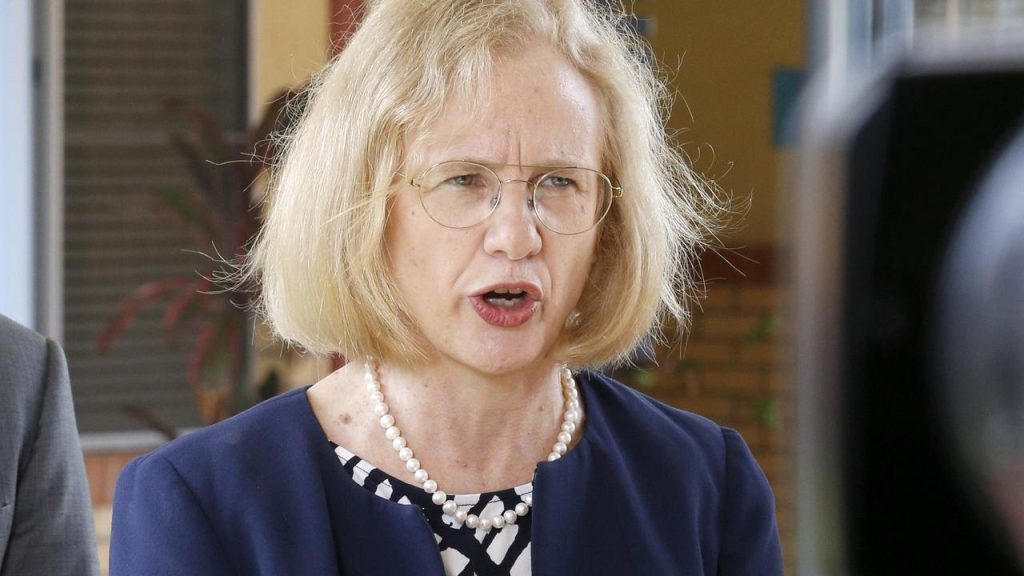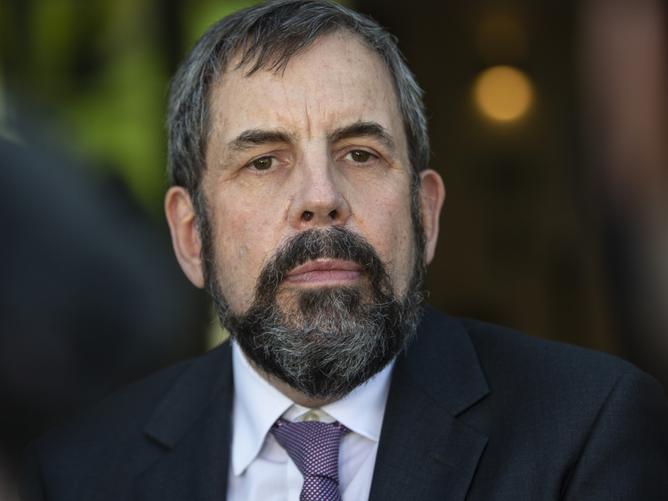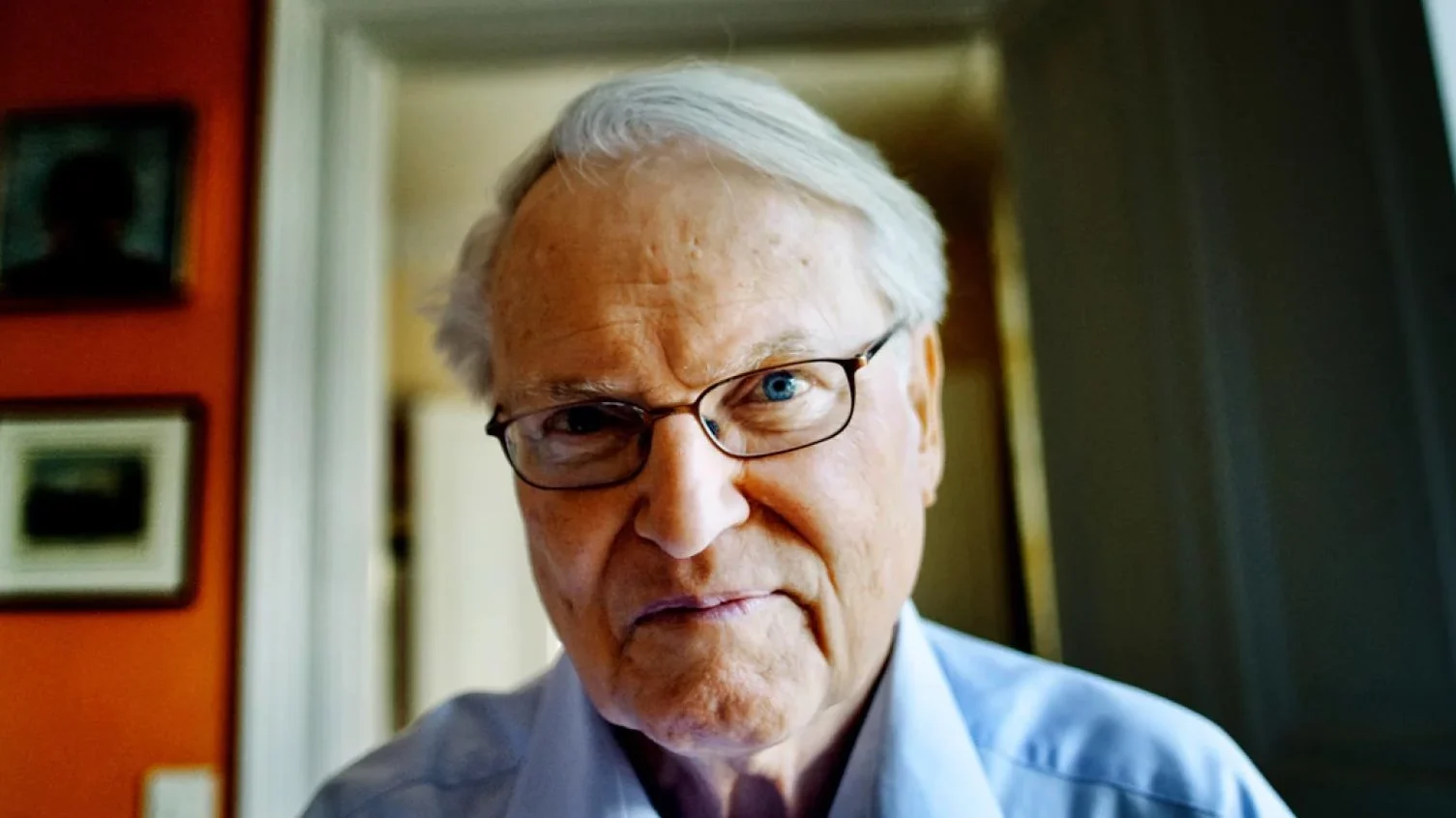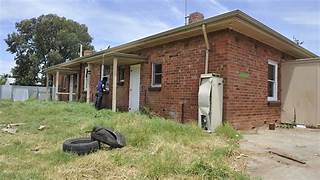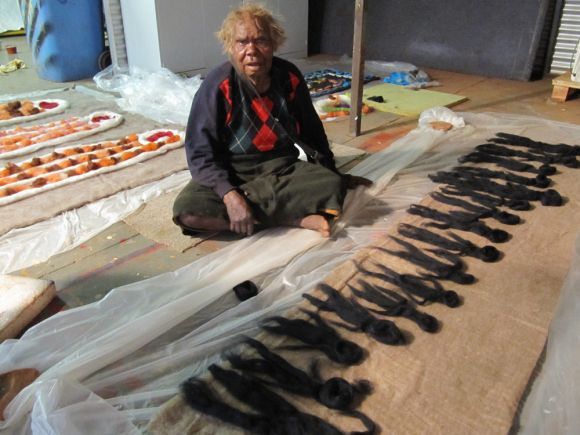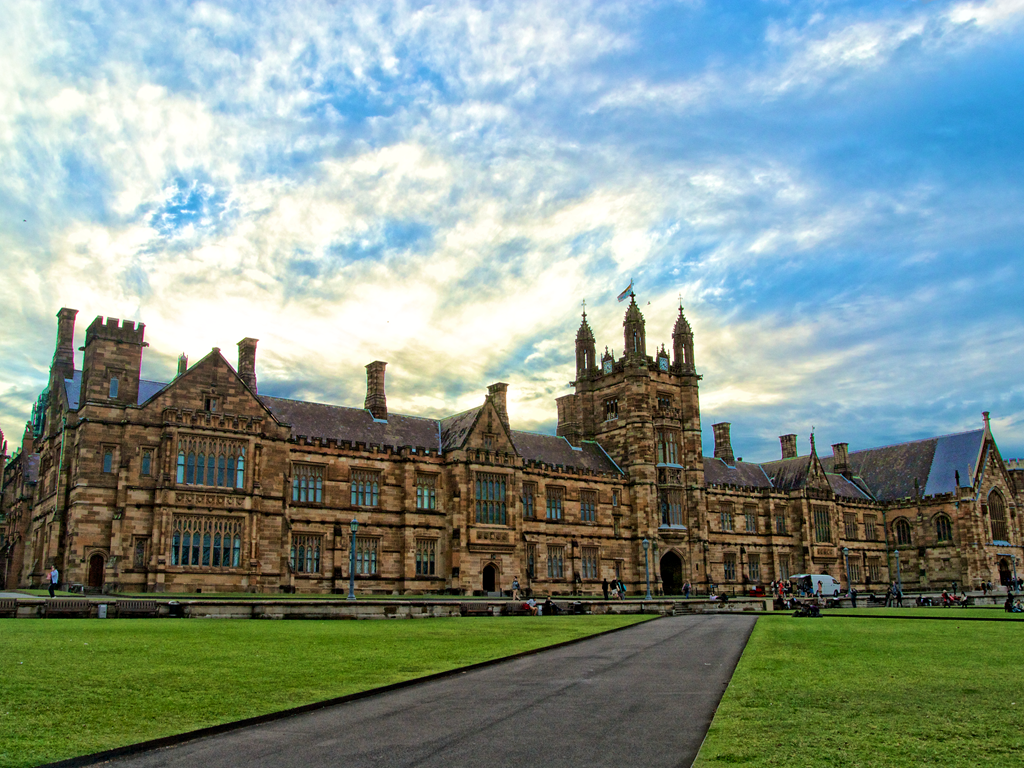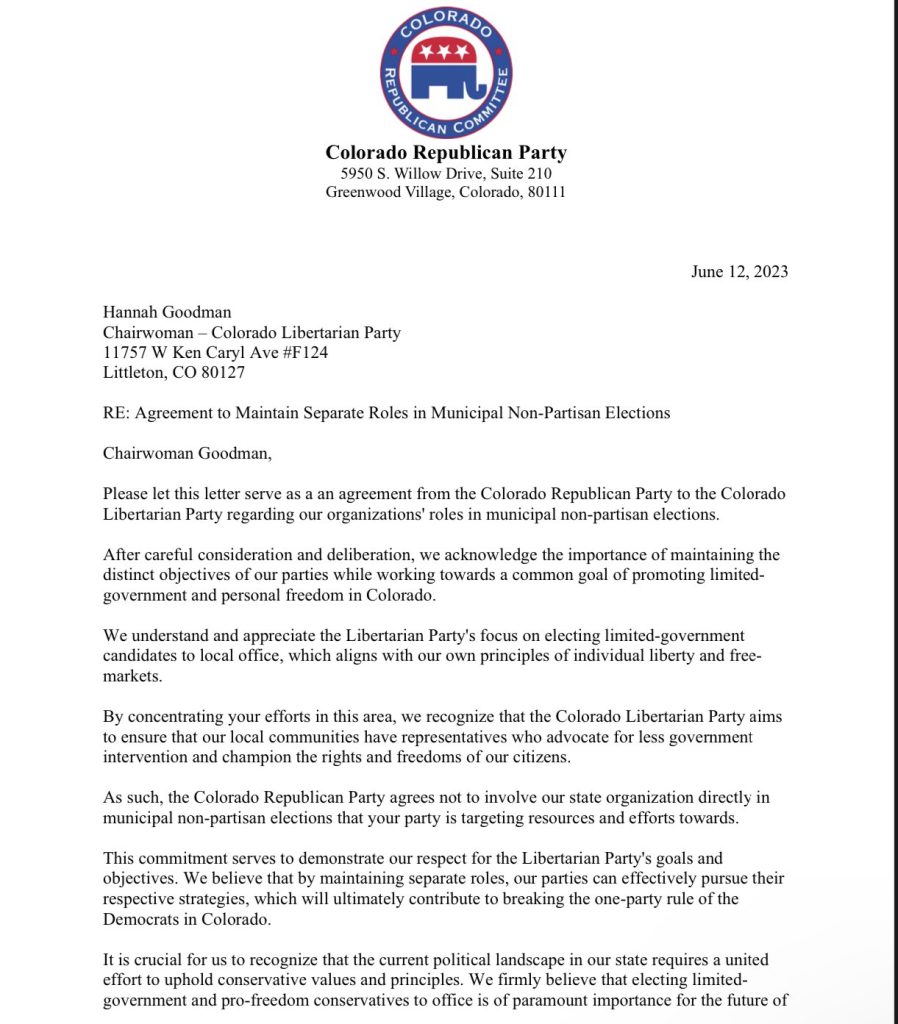Golden Years?
The combination of an ageing population, lack of children being born and an unquenchable thirst for public spending on ever-expanding social services has the potential to wring the tax-base dry as a chronic demographic distortion unfolds.
Although the mainstream media and most of the public are concerned about increasing population levels, an emerging demographic threat concerning the composition of the population should be attracting much more attention.
Simply put, the world is ageing. Much of the world is experiencing birth rates below replacement levels. If it continues, this could have devastating cultural, societal and economic impact on Australia and the rest of the world.

The aged care royal commission’s final report was handed down in early 2021. Despite a 200% increase in the sector’s budget allocation from a decade ago, the report claims even more funding is needed to deliver higher standards and more personalised care. Furthermore, it claims such funding should be insulated from the broad fiscal and budgetary challenges the Federal Government faces.
Yet as Centre for Independent Studies head of research Simon Cowen notes, the NDIS and childcare sectors are already subject to the same blank cheque-type model – one that supposedly increases the quality of care but in practice only maximises the cost.*
An ageing population is not unique to Australia. But when coupled with lower birth rates and the impact of a subsequently smaller tax-base, it raises the question as to how a higher standard of aged care could possibly be funded.
If self-funded retirement is to be a solution, superfunds and retail investors need to navigate the issue of liquidity with the funds being withdrawn by retirees not being replaced by new capital.
In essence, our superannuation system is built on the concept of new money replacing the old – yet without population and productivity growth, this new money simply will not be coming in. So how will the superfunds maintain valuations? How will people fund their retirements?
What is most alarming is that there is no obvious solution to this challenge. As we live longer, the cost of managing chronic disease and unhealthy lifestyle factors are growing steadily across the developed world, placing greater pressure on government-funded health services. With inflation sticky, generational wealth gaps expanding, the size of government increasing and a rising cost of living, young people are choosing not to have children.
Economists, politicians, and young people need to begin seriously thinking (and talking) about this issue.
Policymakers risk burdening young Australians with a lifetime of servitude to generations before them that enjoyed more freedom, prosperity, and quality of life.
Moreover, by the time today’s young people are finally ready (or allowed) to retire, they may find they face a double challenge. First, their superannuation funds might have been ransacked by previous generations; second, the availability of quality care may be limited due to the challenge of delivering high-standard care without a large tax-base – especially in times of slowing productivity.
In a current climate of simmering unease at the fault lines between younger and older generations of Australians, these concerns risk pushing society into an even more fractured state. But it is no use merely complaining. Rather than call for more socialism, taxation and ‘social justice’, young people need to claim back their liberty and financial future from the politicians that are pandering to an ageing voter base.
Young people today are concerned about their future in the context of climate change, but the threat of an ageing population and low birth rates should be a more pressing concern. If our youth don’t consider this, they risk losing their own ‘golden years’ after having spent their working lives funding the golden years of their parents and grandparents.
* Aged care cost blow-out won’t be solved by higher taxes, S. Cowan, 17 June 2023, Centre for Independent Studies



